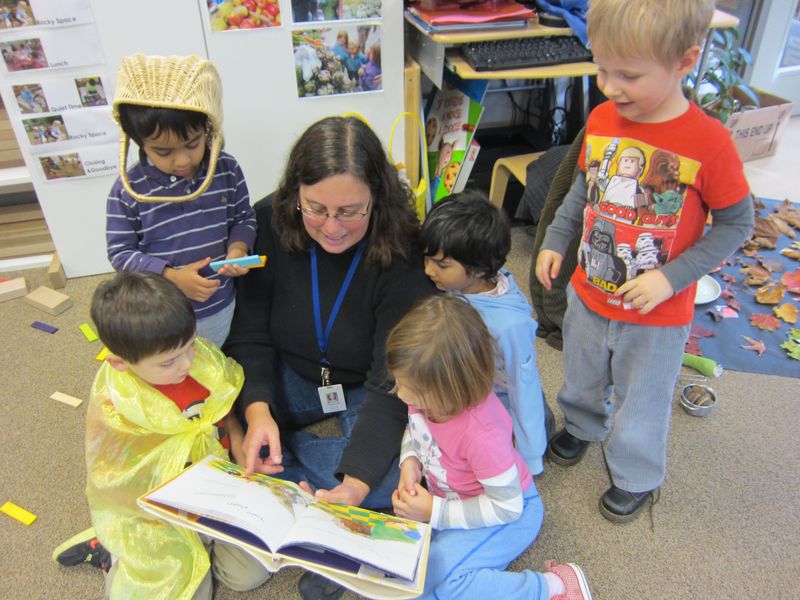Sitting next to young learners

We partner with the A Year at Mission Hill project because we believe in its premise: Through looking carefully at quality in varied educational contexts, we can find common threads. This week’s video looks at assessment. It asks a profound, complicated question: How do we know what children are learning – and how do we communicate what we see?
At Opal School, our answer to the assessment question comes within a pedagogy of listening – as the Mission Hill episode points out, the word assess comes from the Latin for “to sit next to.” It is developed consistent with a strong image of the child, recognizing that children will consistently surprise us in ways that exceed our expectations when the environment is well constructed and we’re listening carefully.
In Focus on Strengths, a post on this page two years ago, Susan wrote,
At Opal School we are pushing all kids to be their best selves by focusing squarely upon the things they are good at and allowing the engagement and motivation gained within that stance to lighten the parts of themselves that can otherwise get awfully heavy to carry. Because, in the end, if everyone is really the best they can be, what a difference it will make in this world– and to the lives of each person living in it.
Over the years, we’ve developed a set of goals and expectations. These include:

Discover, cultivate and express the joy and wonder of learning.
Develop an understanding and curiosity about multiple points of view. Have value and empathy for experiences and perspectives different from one’s own.
Collaborate with others to construct ideas and create new knowledge.

Develop an understanding of our interdependent relationship with the natural world.
Take action as mindful citizens who care about making contributions to a future that acknowledges living systems as an integrated whole.

Develop strategies that contribute to the quality of the community by having a keen sense of place, identity and belonging while respecting the rights and identities of others.
Read the world: Explore ideas and relationships; make connections between known and unknown information.
Use the written and spoken word with increasing proficiency to communicate ideas, relationships and understandings.
Uncover and communicate observations, questions, theories and ideas through skillful and imaginative uses of the languages of the arts and sciences, including mathematics.
Develop an appreciation of and capacity for accuracy, elegant design and efficiency.
Making learning visible is a core value of the school: Through the Museum Center for Learning, we’re sharing documentation of children’s learning with educators, teacher-educators, children’s museum staff, and other interested stakeholders constantly through online and onsite efforts, including custom-tailored offerings.
Like our colleagues at other schools, we grapple with how to articulate our assessment of how children meet these goals and expectations and share it with students and families. Part of our answer is to compile evidence of learning; we’re using Evernote as an organizing tool. Teachers write learning letters to their students, reflecting on the child’s growth, and records of development, which include attention to learning edges.
We’d love to hear from you: How are you grappling with questions around what children are learning and how you’re sharing that learning with others?







